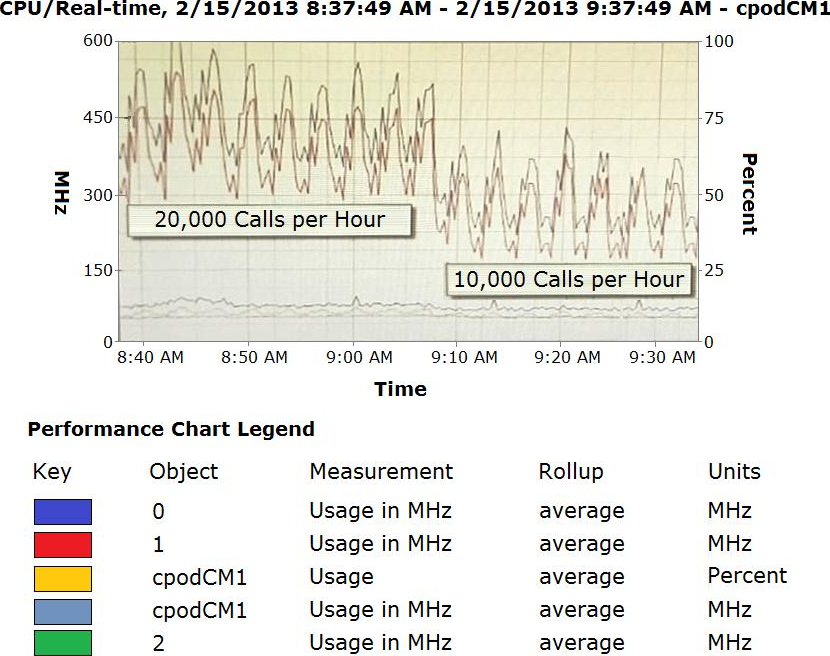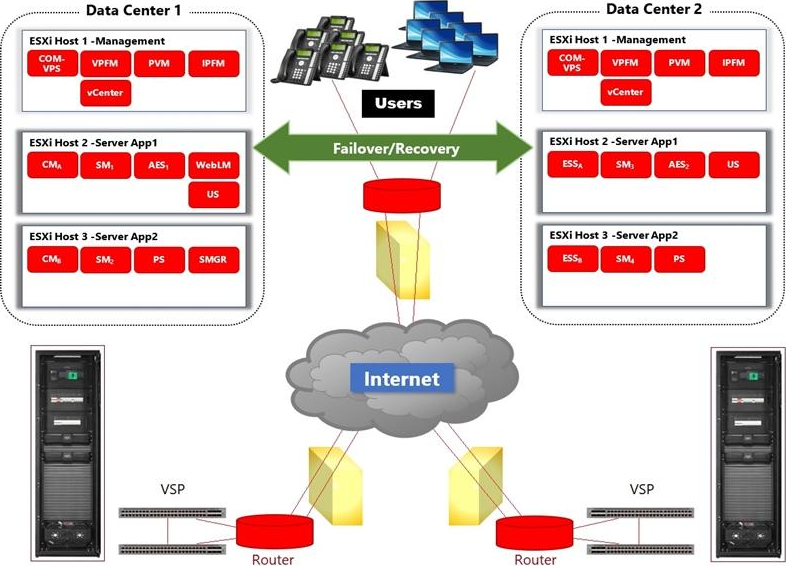ACIS 75940X Practice Test Questions - Avaya Converged Platform Integration Exam
75940X Avaya Converged Platform Integration Exam is a requirement to earn the ACIS - Avaya Solutions Platform credential.PassQuestion offers you with the latest and up-to-date ACIS 75940X Practice Test Questions for your preparation.These series of 75940X questions and answers fully enrich your related professional knowledge, then help you easily obtain ACIS 75940X Certification.We 100% guarantee you to pass Avaya 75940X exam successfully.

ACIS 75940X Exam Description - Avaya Converged Platform Integration Exam
The ACIS – Avaya Solutions Platform credential validates the candidate has achieved an enhanced level of proficiency required to integrate and implement the Avaya Solutions Platform (ASP) 4200 Series. To earn the ACIS - Avaya Solutions Platform Series the candidate must pass the 75940X - Avaya Solutions Platform Integration Exam. Please note, this credential does not include the ASP 1XX series products.This exam has 64 questions and the minimum passing score is 64%. The candidate has 90 minutes to complete this exam.
Avaya 75940X Test Objectives
The exam covers the following knowledge areas and learning objectives:
Avaya Solutions Platform (ASP) Architecture
- Describe the Virtualization System Architecture.
- Describe the Overall Storage Architecture.
- Describe the ACP 4200 4.0 architecture clearly defining the differences between an ASP 2400 and ASP 4200.
- Describe the implementation of an ASP 4200 design.
- Describe ACP 4200 components including the expansion ASP 4200.
- Complete the site preparation requirements for the ASP 4200.
- Explain the requirements for ASP 4200 frame installation.
- Complete the checklist for power up and network connection of an ASP 4200.
- Explain the use and maintenance of the Lifecycle Workbook (LCW).
- Perform an upgrade.
- Describe the startup steps for the Management Server Console (MSC).
Network Architecture
- Describe the overall network architecture.
- Distinguish between ASP 4200 networking topologies (Layer 3 vs Layer 2 ASP 4200).
- Describe VMware networking as it relates to ASP 4200.
- Describe the VMware architecture.
- Interpret VMware performance monitoring data.
Applications and Operations
- Explain the purpose of the IP Template.
- Describe Avaya Aura® applications and network interactions.
- Interpret Avaya Aura® performance monitoring data.
- Describe common operations and maintenance processes.
Virtual Machine
- Describe the networking changes required when adding a new VM.
- Describe Visualization Performance and Fault Management (VPFM) integration of a new VM.
- Update the LCM workbook with new VM information.
ASP 4200 Security
- Explain the configuration options of Avaya Session Border Controller with ACP 4200.
- Describe BYOD support and Identity Engines (IDE).
Management Tools
- Describe System Manager.
- Describe the integration of POS applications with SMGR.
- Third Party Management Tools.
Avaya Orchestrator
- Using Avaya Orchestrator.
- Prerequisite Knowledge
View Online Avaya Converged Platform Integration Exam 75940X Free Questions
1.A new ESXi host has been added to the ACP 4200.
However, unlike existing ESXi hosts within the ACP 4200, the new host cannot be monitored or detected by Avaya Orchestrator.
What is causing this problem?
A. The new host has not been correctly configured to support vMotion.
B. The new host has not been added to Avaya Orchestrator.
C. The new host has not been licensed yet.
D. The new host has not been configured for Auto Detection.
Answer: B
2.Refer to the exhibit.

The CPU performance of Communication Manager (CM) shows a significant difference depending on the call rates.
Which statement about making configuration changes is true?
A. Increasing the number of Virtual CPUs allocated to CM might help to reduce this difference.
B. Ensuring that a secondary CM is available to allow for load-balancing might help to reduce this difference.
C. Migrating the CM Virtual Machine to another ESXi host that is less busy might help to reduce this difference.
D. Reducing this difference is not necessary because this is expected behavior.
Answer: B
3.With ACP 4200, what is mandatory to ensure Avaya Aura® High Availability across the two Data Centers?
A. A single vCenter Server that manages both Data Centers.
B. Network connectivity to and in between the two Data Centers.
C. Identical compute servers in both Data Centers.
D. The same VLANs in both Data Centers.
Answer: A
4.Refer to the exhibit.

In the deployment shown in the exhibit, how is High Availability achieved across the two Data Centers?
A. By ensuring that the L2 VLANs are extended across to both Data Centers.
B. By managing both Data Centers using the same vCenter Server and using vMotion and DRS.
C. By using Virtualization Provisioning Service (VPS) to automate the provisioning of the network hardware and vSwitches across the two Data Centers.
D. By using Avaya Aura® Application High Availability features.
Answer: C
5.Which two circumstances would require the Avaya Orchestrator ACP Configuration Wizard to be run in the field? (Choose two.)
A. When a new G450 Gateway is added to the ACP.
B. When a new configuration file for the ACP's VSP Switches is deployed.
C. When a new Virtual Machine is added to the ACP.
D. When a new ESXi Host is added to the ACP.
Answer: BD
6.How would an administrator display the IP addresses of the VSP switches of the ACP 4200 within the Avaya Orchestrator Home Dashboard?
A. By right-clicking on the Dashboard menu item and downloading the network summary report.
B. By right-clicking on the Admin menu item and downloading the network summary report.
C. By right-clicking on the Report menu item and downloading the network summary report.
D. By hovering the mouse pointer over the Up status indicator within the Network dashlet.
Answer: B
- TOP 50 Exam Questions
-
Exam
All copyrights reserved 2025 PassQuestion NETWORK CO.,LIMITED. All Rights Reserved.

